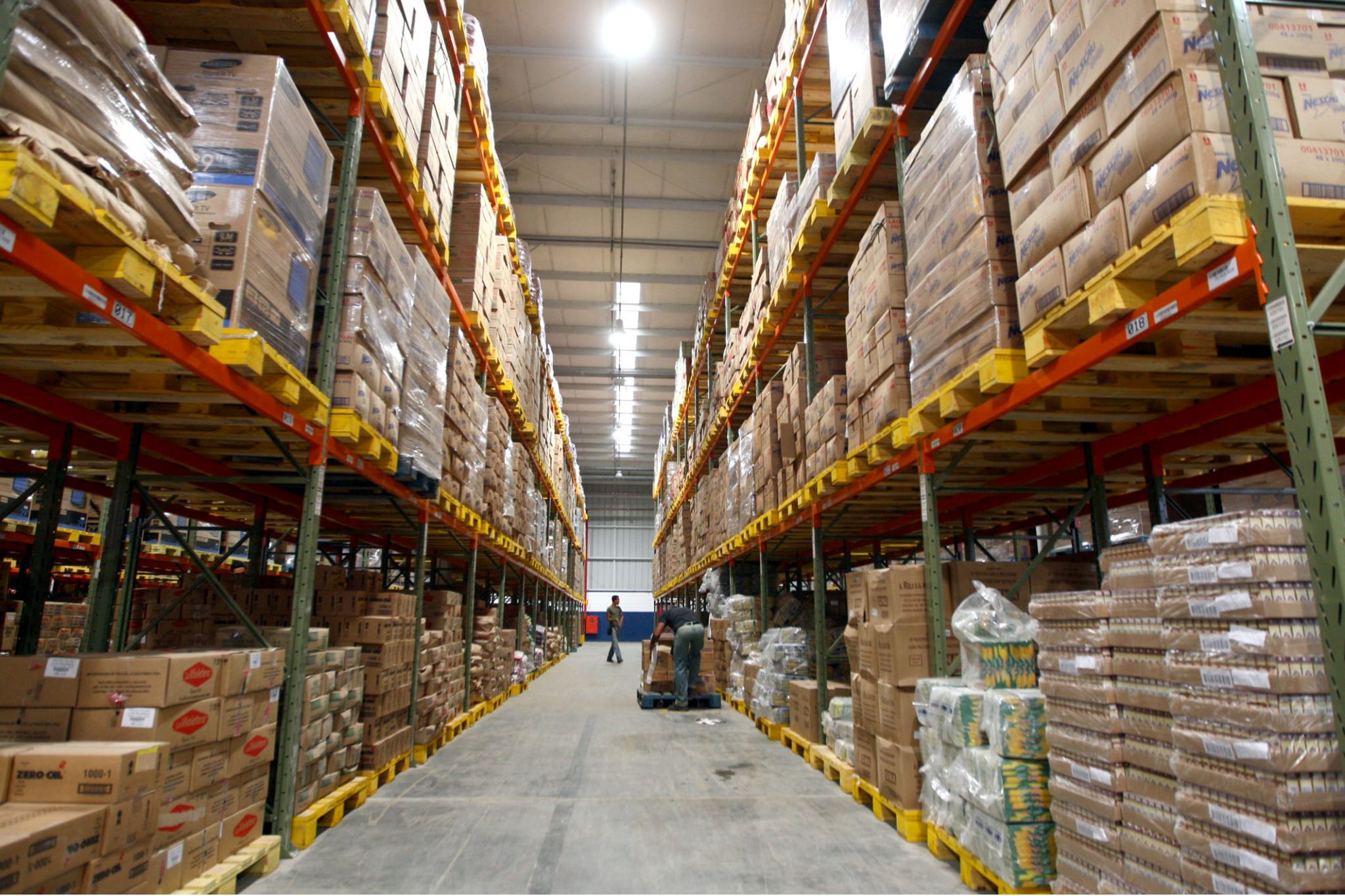The application of analytics and AI in warehouse management have been in practice for quite some time now. Retail and e-commerce giants are known to leverage the technology extensively from product assortment to inventory management.
E-commerce giant, Walmart, is among the big companies that are using analytics to ensure smooth functioning of their warehouse. The company has a presence in 27 countries and an estimated 11, 766 stores are currently operational, requiring large warehouse maintenance across these countries to ensure seamless flow of goods to the end users.
According to the company, the firm relies on big-data and real-time analytics to get real-time analytics of workflow from its distribution centre to stores and e-commerce websites. With its vast pool of data from its several online stores and websites, the company relies on data analysis to drive product assortment. This is achieved by monitoring customer preferences, shopping patterns thereby accelerating their decision making on how to stock store shelves and display merchandise. Big data also help them procure nuanced information on new items, discontinued products and about particular brands which have higher demand.
In 2018, it went a step ahead by announcing its plan to automate its fresh and frozen grocery warehouse in California. Stating that their distribution centre or warehouse to be an integral part of Walmart’s supply chain, the company in a press statement said that by optimizing its warehouse, it aims to serve its customers better.
Robotics Is Redefining The Future Of Warehouses
The futuristic warehouse, which will be operational in 2020, will leverage big data and machine learning to improve the warehousing and is expected to process 40 per cent more goods than traditional distribution system.
“Every product is measured and documented so that we know how to handle it. A computer algorithm shows all the cases ordered for a given store and determines how to palletize them to maximize the space on a pallet or trailer. It also takes into account density – what’s crushable, what’s not,” Shayne Wahlmeier, one of the engineers on the project, described.
Walmart owned Flipkart is now leveraging big data and analytics for warehouse management. The company is estimated to have over 500 plus distributors in cities across India and stocks frequently ordered items in their inventory.
In 2011, the company made its first ever investment in QuickReview, a business discovery software to track manage its large inflow of data from supply and inventory side and ever since the company has been incorporating data to scale its warehousing strategy.
Speaking about the role of analytics in driving product assortment and selection, Ravi Vijayaraghavan, VP & Head – Analytics, Flipkart.com told a leading portal , that the company deploys machine learning to match their product assortment/selection to meet evolving consumer demand. By doing so, Flipkart aims to identify the selection gaps and provide businesses with insights to mend this divide. He added that the company relies on big data for following a data-driven approach to evaluate the product and listing quality in real time.
Recently, Flipkart made an announcement that the company has deployed close to 100 robots to its Bengaluru-based delivery hub. The 100 automated delivery vehicles (AVGs) are designed to pick products and drop them to a hubs which are assigned to a particular pin code. With the help of these robots, the company hopes to sort through 4,500 packages per hour thus improving the efficiency of product assortment and delivery. Owing to its efficiency, the company plans to deploy these robots in other delivery-hubs across the country.
“The big problem that we want to solve with automation in e-commerce is supply chain. We want to solve for precision, we want to solve for scale and we want to solve for efficiency. All of these aspects are very important for us if we want to reach the next 200 million customers,” said Krishna Raghavan, SVP of technology at eKart, the robot makers said to a leading daily.






























